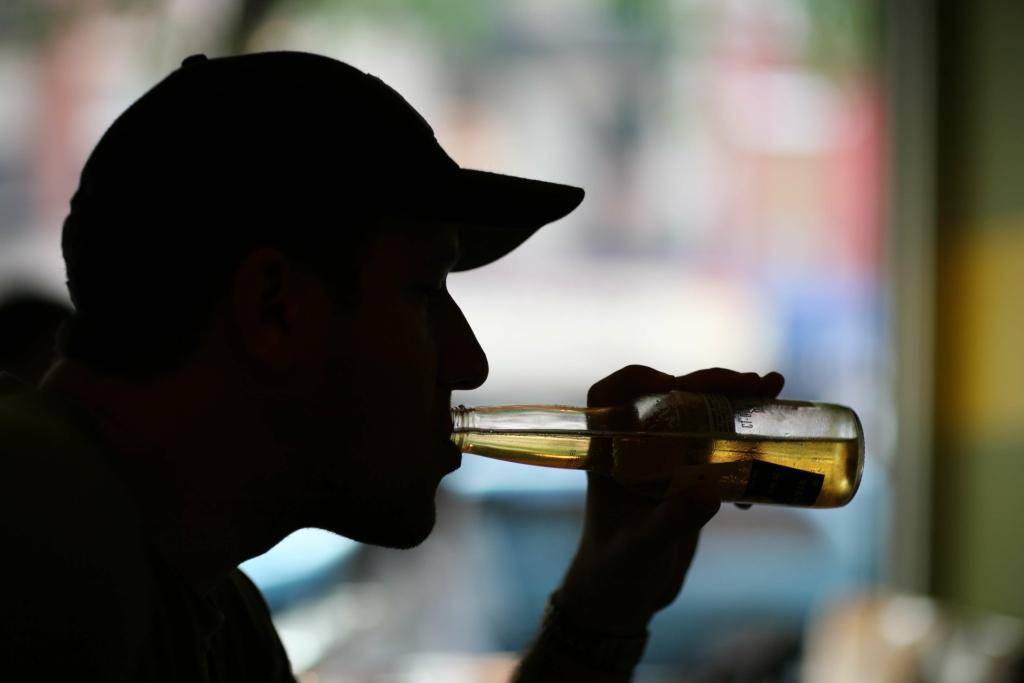Drug Abuse In Sports
The Tour de France scandal highlighted the need for an independent, nonjudicial international agency that would set unified standards for anti-doping work and coordinate the efforts of sports organizations and public authorities. The IOC took the initiative and convened the First World Conference on Doping in Sport in Lausanne in February 1999. Following the proposal of the Conference, the World Anti-Doping Agency (WADA) was established later in 1999. At the 1976 Olympics in Montreal, the East German women’s swim team won 11 gold medals out of a possible 13, contributing to an overall haul of 40 gold medals. Competitors and observers suspected the East Germans were taking steroids, but state resources were used to continue and cover up the doping program. Following German reunification in 1990, some perpetrators of the doping scheme were tried and found guilty.
How is doping detected?
Additionally, the differences between recreational and elite sports in organizational and competitive structure signify that the applied sports categories have different content, meaning, and relevance in recreational sports compared to elite sports. Consequently, the vulnerability thesis has less explanatory power in recreational sports than it has in elite sports. Therefore, to come to a better understanding of the phenomenon, doping in recreational sports needs tailored research approaches. Abuse of substances or methods to enhance the performance (PEDs) is becoming very common in the sports, which often destroys the spirit of competition. The regulatory bodies for sports have reported rates ranging from 5% to 31% for the use of performance-enhancing substances among athletes.[13] Athletes can have serious injuries and morbidities, leading to poor health with the use of such substances. Such dietary substances are available for purchase over the counter and online by persons of any age without prescription.
- However, this method was not deemed rigorous enough in determining the unequivocal identification of banned substances.
- Additionally, a subsample of NADO and sport governing body representatives were interviewed in depth about specific approaches and interventions in their organization or federation.
- Vladimir Uiba said “organizational fecklessness” led to Sergeeva’s mother, a doctor, giving her unapproved medicine containing trimetazidine.
- This includes the revelation of a sample-swapping systemto protect cheating athletes, in an effort to boost Russia’s medal count when the country hosted the 2014 Winter Olympics in Sochi.
- Over the past 150 years, no sport has had more high-profile doping allegations than cycling.16 However, few sports have been without athletes found to be doping.
- Both options allow the athlete to return home to a supportive and helpful environment.
Although never convicted of taking drugs, Smith was later banned for four years after she was caught tampering with urine samples – submitting alcohol instead. Even seemingly safe dietary supplements can sometimes present an issue for athletes because some have been found to contain banned substances. This group includes chemical agents with somewhat idiosyncratic uses, ranging from hormonal manipulation to metabolic effects.
and 2022: Russia’s Olympic ban for state-sponsored doping
Doping drugs are substances that are designed to enhance performance but are banned from use in sports. They may be prohibited from use because they are potentially harmful to the athlete, they degrade the integrity of sport, or both. If you use supplements to support your workout, it’s important to choose options that are third-party tested to verify that they don’t contain any banned or harmful substances.
- Sports medicine is a broader discipline and contains exercise physiology, surgical and medical management of sports-related injuries, and the use of PEDs.[54] The very few institutes in India offering courses on sports sciences are mentioned in Table 3.
- For example, a high school or adolescent sporting club might ask team members to sign a pledge to refrain from alcohol and drug use, whereas a collegiate or adult club might ask team members to pledge to limit their alcohol consumption in some way.
- It proved to be a worthy incentive for the athletes to consume substances to improve their performance, even with the side effects that many of them caused, such as psychosis.
- Coe, who has been a strong defender of the IAAF’s record, has pledged to set up an independent anti-doping agency for the sport, admitting there is a perception that in-house drug-testing creates “conflicts” and “loopholes”.
- The findings also suggest that there are reasons to distinguish between men and women on this issue.
- Russian athletes have most often tested positive, with 133 positive doping results, and have had the most medals stripped from athletes at 63 total (17 gold, 34 silver, and 12 bronze).
Galiulina denied knowingly taking the substance, and she said that her mother had given her a heart medication the previous month. At the college level, organizations such as the National Collegiate Athletic Association60 and individual member institutions conduct standard drug testing https://ecosoberhouse.com/article/alcoholism-statistics-you-need-to-know/ programs and enforce penalties for positive tests. In 2016, the former head of an anti-doping laboratory in Moscow blew the whistle on a state-run initiative to provide Russian athletes with performance-enhancing drugs, and to hide that use, at the 2014 Olympic Games in Sochi, Russia.
Can intensive exercise harm the heart? You can get too much of a good thing
These effects include many severe cardiovascular reactions, such as hypertension, reduced blood pressure, pulmonary embolism, stroke, enlargement of the heart, and heart attack. While these questions addressed legal behavior that might be viewed as unfavorable, the last two questions addressed behaviors that are prohibited in sport. In the last question, respondents were asked if they knowingly had been using prohibited substances or methods drug use in sports to enhance their image (Fig. 4, bar to the right). In addition to the drug categories listed above, athletes may struggle with alcohol, marijuana, and cocaine abuse at a higher rate than the general population. Each of these substances presents a significant risk for addiction and each can have serious side effects as well. While the stereotypical drug abuser may not seem like a high-profile athlete, drug use among athletes is common.

A positive test for pseudoephedrine kept Swedish hockey star Nicklas Backstrom out of the gold-medal game at the 2014 Winter Olympics in Sochi. Sweden criticized the timing of the suspension announcement, which came just hours before the game. The International Paralympic Committee banned the entire Russian federationfrom competing at the Rio Paralympics. After days of police interrogation, the team’s manager and doctor admitted to the Festina team’s doping program. The scandal became one of the factors in the creation of the World Anti-Doping Agency in 1999.
Health Risks of Illegal Doping
Both options allow the athlete to return home to a supportive and helpful environment. While statistics for athlete-only drug use are difficult to come by, we do have some information about specific drug use with specific populations. It is important for athletes to only use these drugs under the supervision of a licensed practitioner and to only take them as directed. Athletes will often use diuretics as a “secondary” drug to cover up other PED usage. Diuretics work by altering the body’s fluid and chemical levels, often to mask mainstream PED use.

But it gained the attention of the World Anti-Doping Agency after killing one person and leaving another seriously ill. Most steroids are relatively easy to detect and amateur cheating has a low rate of success. PFCs, due to their size, are able to enter the body’s tiny capillaries, providing very efficient local oxygen delivery to greater areas of the body, while the makeup of the drug also allows it to deliver oxygen to peripheral tissues. Synthetic oxygen carriers (SOCs) are purified proteins or chemicals that have that ability to carry oxygen.
Check your substances on Global DRO Sport Integrity Australia
Muscle hypertrophy for fast-oxidative glycolytic fibers is the end result of short-duration, high-intensity exercise, such as weight lifting. Energy for short-duration and high-intensity exercise is derived from the immediate energy system, such as anaerobic glycolysis, adenosine triphosphate, and creatine phosphate, whereas it is mainly provided by oxidative phosphorylation for endurance-type exercise. The little-known Irish swimmer took the 1996 Atlanta games by storm, winning three gold medals and a bronze. However, immediately after her victories she was accused of doping given her previously average record followed by apparent overnight success.